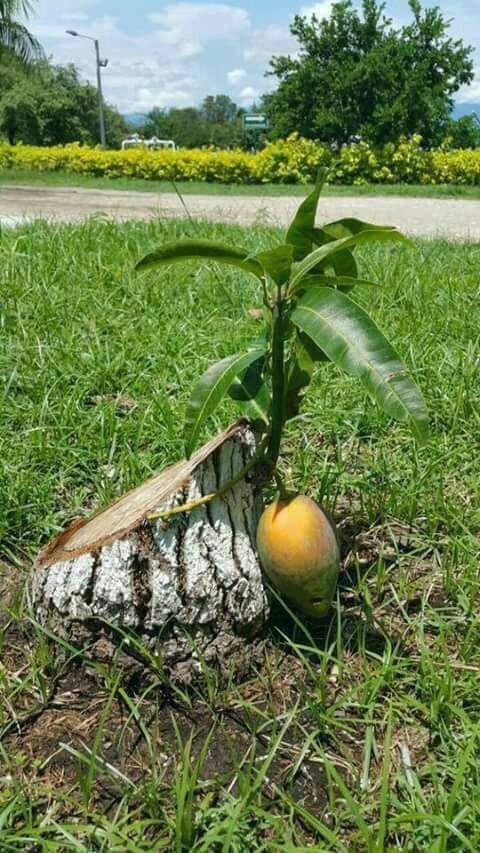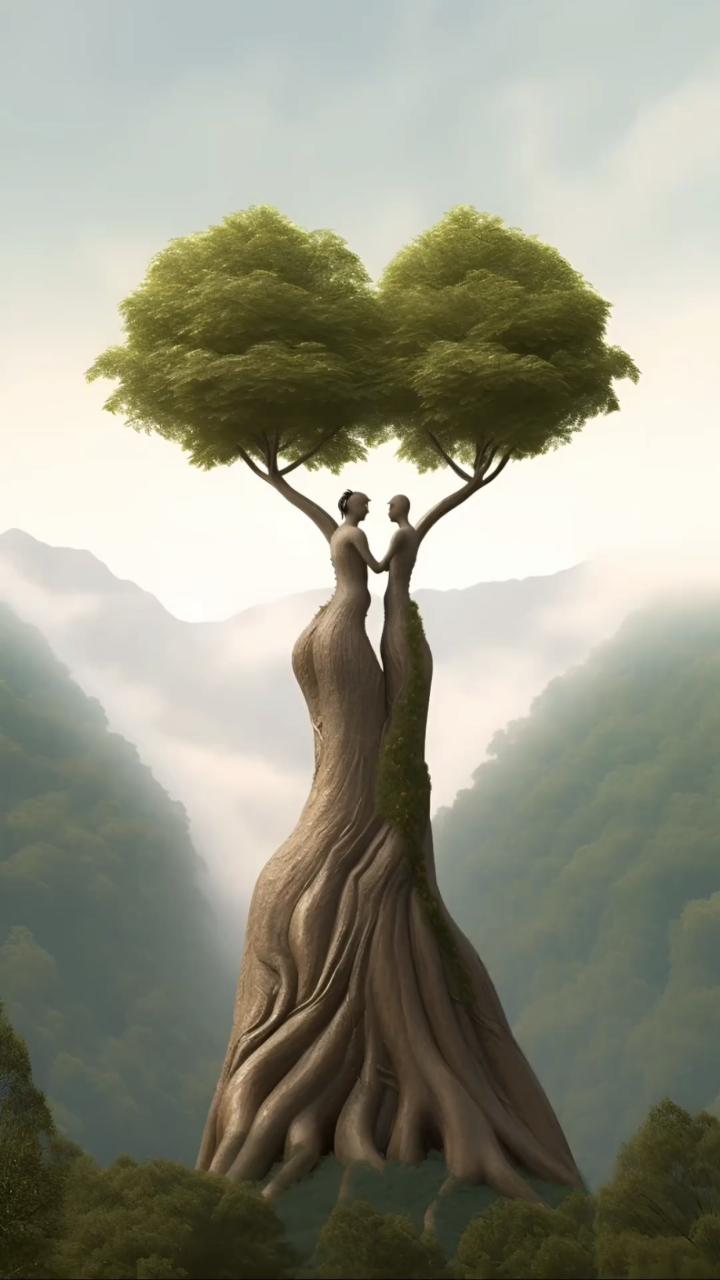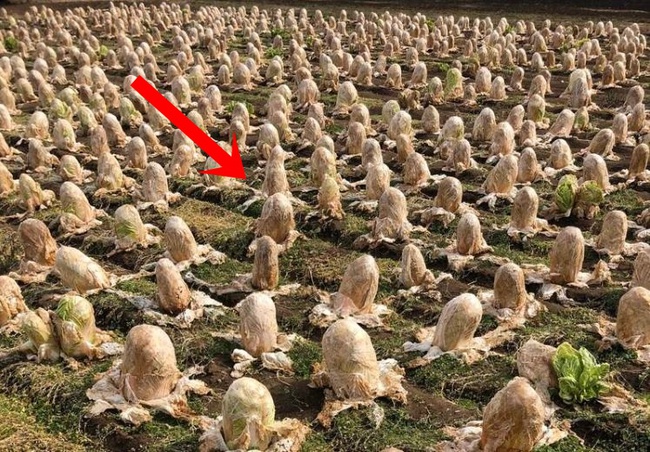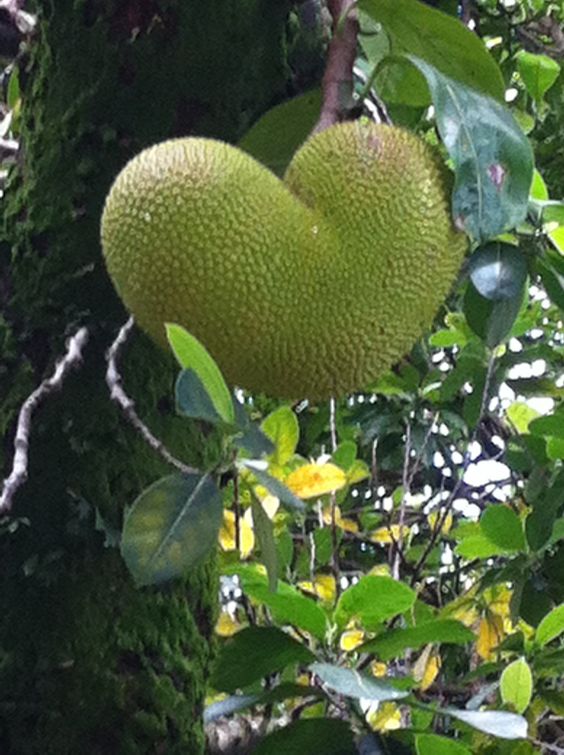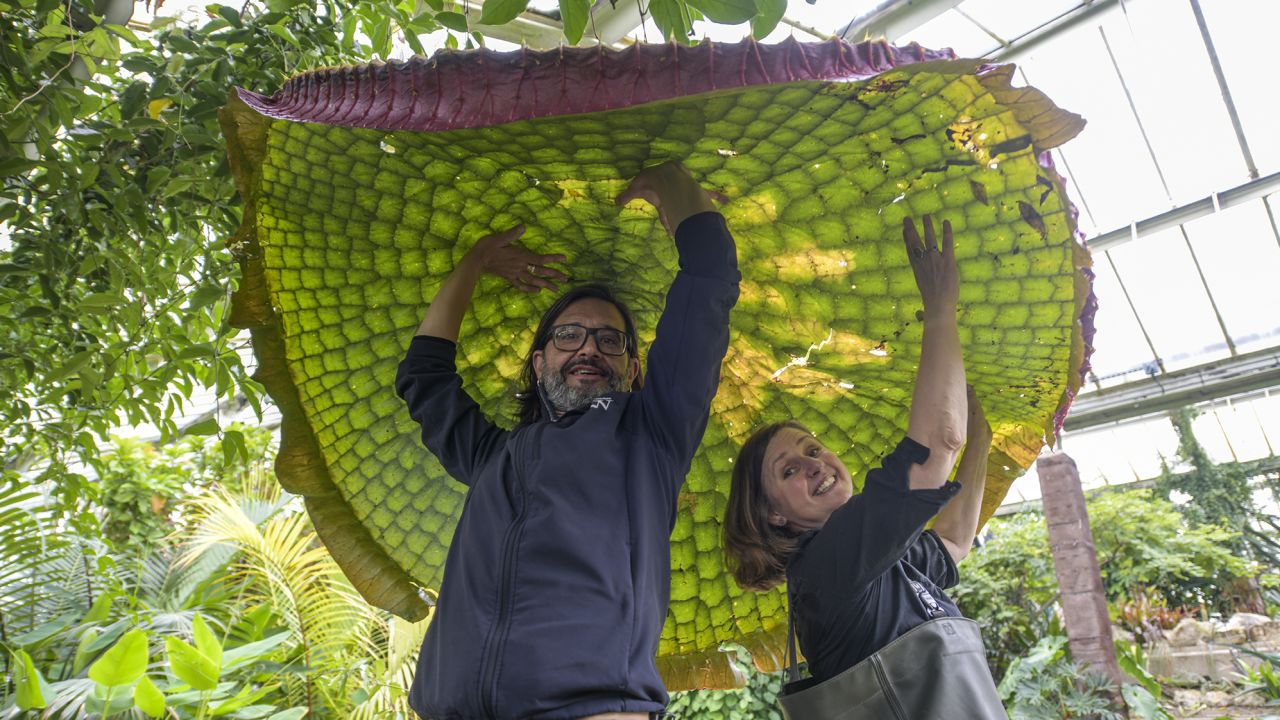
The leaves of Victoria boliviana can reach 10 feet in width.
RBG Kew
An enormous water lily in London’s Royal Botanic Gardens has been discovered to belong to an entirely new species, after 177 years in the gardens’ herbarium.

Victoria boliviana is the world’s biggest known water lily species, with leaves growing to nearly 10 feet wide in the wild, according to a news release from the gardens in Kew, west London. The largest specimen of the species can be found in La Rinconada Gardens in Bolivia, with leaves of up to 10.5 feet in width.

The leaf of the giant water lily, which belongs to one of three species in the Victoria genus, can support a weight of at least 176 pounds.

“Having this new data for Victoria and identifying a new species in the genus is an incredible achievement in botany — properly identifying and documenting plant diversity is crucial to protecting it and sustainably benefiting from it,” said Alex Monro, a taxonomist, systematist and field botanist at Kew and a senior author of the study published Monday in the journal Frontiers in Plant Science, in the news release.
The newly identified species, V. boliviana, was commonly and mistakenly believed to be Victoria amazonica, one of the two previously known species of giant water lily, according to the study.
The loss of live specimens of the original species, as well as the scarcity of biological collections of giant water lilies, resulted in disagreements over the number of recognized species and the incorrect naming of species for most of the 19th and 20th centuries. The goal of the study was to improve the knowledge of Victoria water lilies.

An international team headed by Kew’s scientific and botanical research horticulturist, Carlos Magdalena, botanical artist Lucy Smith and biodiversity genomics researcher Natalia Przelomska, alongside partners from the National Herbarium of Bolivia, Santa Cruz de La Sierra Botanic Garden and La Rinconada Garden, made the first discovery of a giant water lily in more than a century.
The team made the breakthrough by compiling all existing information from historical records, horticulture and geography, ᴀssembling a dataset of species characteristics, and through DNA analysis.
Kew is the only place in the world that grows all the three species of Victoria together side by side, which Magdalena said allowed for the comparison of the species in a way not possible in the wild, where they grow over vast areas.

Specimens of Victoria boliviana have been grown at Kew for 177 years.
RBG Kew
The study found V. boliviana to be genetically different from the two other species, but most closely related to V. cruziana, and that the two species might have diverged around a million years ago.
“For almost two decades, I have been scrutinizing every single picture of wild Victoria waterlilies over the internet, a luxury that a botanist from the 18th, 19th and most of the 20th century didn’t have,” said Magdalena, who suspected there was a third species since 2006 after seeing a picture of the plant online.
“I have learnt so much in the process of officially naming this new species and it’s been the biggest achievement of my 20-year career at Kew,” he said.
The giant water lily can be seen in the Waterlily House and the Princess of Wales Conservatory at Kew Gardens.

